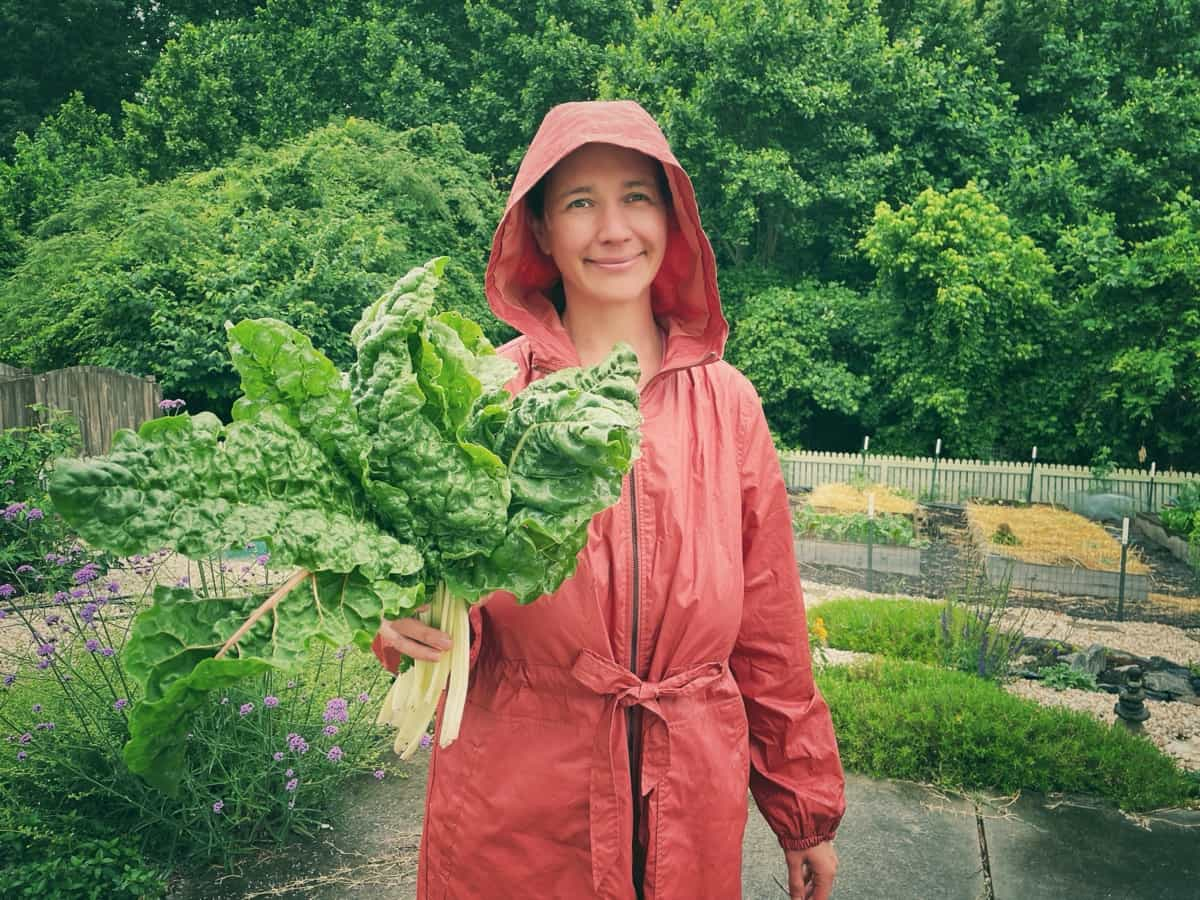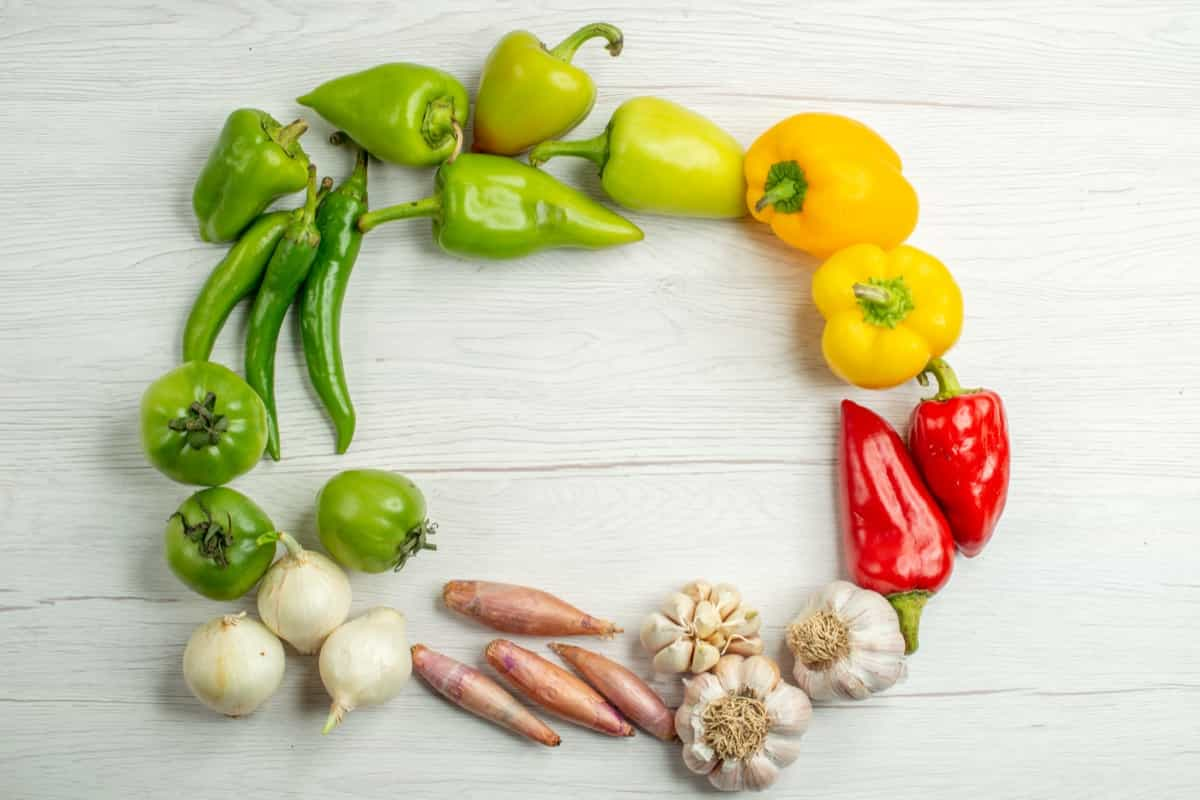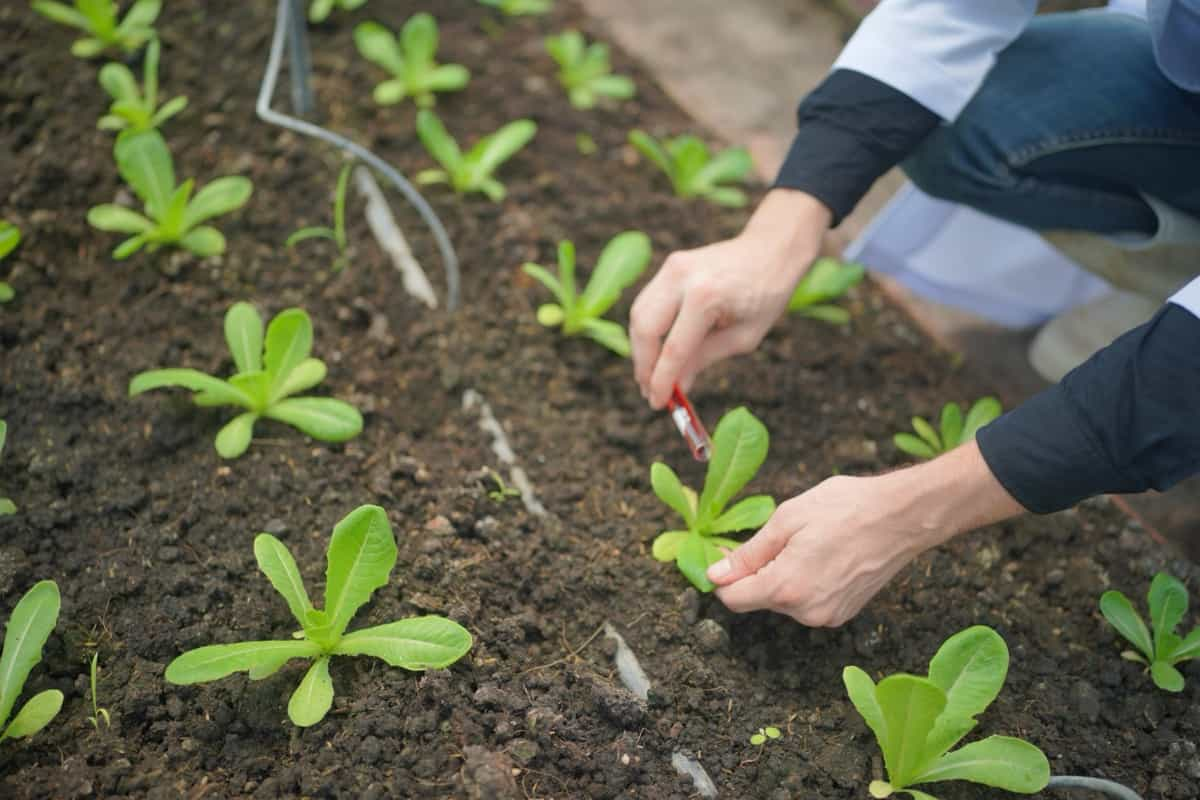With its rich soil and varying climate, the heartland state of Illinois offers many opportunities for the green-thumbed among us. Whether you reside in the northern or southern region, you might ask, “When should I start my garden in northern Illinois?” or “When should I start planting my garden in southern Illinois?”

Illinois is renowned for certain crops like corn, and understanding the corn planting season in Illinois can be essential for some gardeners. Knowing which vegetables thrive in Illinois is crucial for a successful harvest. This article offers a detailed guide on when to plant different veggies in the state.
When to Plant Vegetables in Illinois
Understanding Illinois’s Climate Zones
Illinois is divided into two primary climate zones: the cooler northern region and the warmer southern region. The northern region experiences colder winters, making the growing season slightly shorter. Conversely, the southern part enjoys a somewhat extended growing season because of milder winters. Recognizing the differences between these zones is crucial for determining planting times and the best vegetables to grow in Illinois.
Factors Affecting Vegetable Planting Dates in Illinois
The success of vegetable planting largely depends on the interplay of various factors. Soil temperature is critical; some seeds won’t germinate if the ground is too cold. Moreover, last frost dates are significant markers for gardeners. In northern Illinois, the last frost can occur in late April or early May, while in southern Illinois, it typically happens in mid to late April. Rainfall, daylight duration, and air temperature also influence planting decisions. Gardeners should be watchful of these factors while planning their vegetable gardens.
Planting Vegetables in Northern Illinois
In response to the frequently asked question, “When should I start my garden in northern Illinois?” it’s vital to note that late April to early May is a general starting point. You can plant cool-season veggies like lettuce, peas, and radishes as soon as the soil is ready. But for warm-season crops like tomatoes and peppers, it’s best to wait until late May when frost is no longer a threat.
In case you missed it: When to Prune Trees in Illinois (IL): Plants Trimming Schedule for Southern, Central, and Northern Regions

Optimal Vegetable Planting Times for Southern Illinois
For those wondering, “When should I start planting my garden in southern Illinois?” the answer lies in understanding the milder climate. Mid-March to early April is suitable for cool-season crops like broccoli, cabbage, and spinach. Warm-season vegetables, including cucumbers, beans, and squash, should be planted by mid to late April after the last expected frost.
Vegetable Planting Schedule for Illinois
Having a clear planting schedule can streamline the gardening process. Start with cool-season crops in early spring, transitioning to warm-season varieties as temperatures rise. Towards the fall, a second planting of cool-season vegetables can yield a late-season harvest.
Recommended Vegetables for Early Spring Planting in Illinois
Early spring is the prime time for vegetables that thrive in cooler temperatures. Gardeners can plant beets, carrots, kale, onions, and potatoes. These vegetables can tolerate a light frost, making them ideal candidates for early planting.
Late Spring and Early Summer Vegetable Planting Guide for Illinois
As temperatures rise, the scope for vegetable planting broadens. Late spring and early summer are ideal for beans, eggplants, melons, peppers, and, of course, the hallmark of Illinois agriculture – corn. With the corn planting season in Illinois in full swing, farmers and gardeners gear up for this crucial period. To ensure a good harvest, it’s crucial to plant these vegetables after the last frost and when the soil has adequately warmed.
Fall Vegetable Planting Tips for Northern Illinois
Fall in northern Illinois brings about cooler temperatures and shorter days, making it an opportune time to plant cool-season crops that thrive in such conditions. Gardeners should start by prepping the soil and adding compost or organic matter to replenish nutrients used in the summer. Some of the best vegetables to plant during this time include leafy greens like lettuce, spinach, and kale, which can tolerate frost and still provide fresh produce.
Root vegetables like radishes, carrots, and beets can be planted because they grow underground and are protected from the cold air. When considering fall planting, counting backward from the first expected frost date is crucial, ensuring that crops have ample time to mature before harsh winter sets in.
Ideal Fall Planting Dates for Southern Illinois
In southern Illinois, the fall season offers a slightly longer planting window due to milder temperatures. Gardeners can commence planting cool-season crops from late August to mid-September. You can plant veggies like broccoli, cauliflower, and Brussels sprouts towards the end of the season when it’s cooler. This makes them taste better.
In case you missed it: When to Plant Peppers in Illinois: Growing Bell Peppers, Hot Peppers, Banana Peppers, and Jalapenos

Other ideal candidates for this period include turnips, Swiss chard, and peas. It’s essential to monitor soil moisture levels, ensuring they remain consistent, and consider mulching to conserve moisture and suppress weeds. Utilizing the extended season can lead to an abundant fall harvest, with some crops thriving until the first hard freeze.
When to Plant and What Vegetables to Grow in Illinois in Winter
Winter in Illinois, especially in the northern region, can be harsh and challenging outdoor planting. However, some hardy vegetables can endure the cold temperatures when given the right care. Garlic is a top choice; it’s typically planted in late fall, allowing it to establish roots before the soil freezes, and then it emerges in spring.
Winter varieties of lettuce, spinach, and kale can also be sown in late fall and harvested throughout the winter if protected with mulch or row covers. For those with greenhouses or cold frames, winter is a prime time to get a head start on early spring crops. Broccoli, cabbage, and onions can be planted indoors during winter, ready for transplanting when spring arrives.
Vegetable Planting Schedule/Calendar Table for Illinois
| Vegetables | Northern Illinois Planting | Southern Illinois Planting |
| Lettuce | Early April and late Aug | Late March & Mid Aug |
| Peas | Early April | Late March |
| Radishes | Early April and late Aug | Late March & Mid Aug |
| Tomatoes | Late May | Mid to Late April |
| Peppers | Late May | Mid to Late April |
| Broccoli | Early April and early Aug | Late March and late July |
| Cabbage | Early April and early Aug | Late March and late July |
| Spinach | Early April and late Aug | Late March & Mid Aug |
| Carrots | Early April | Late March |
| Beets | Early April and early Aug | Late March and late July |
| Beans | Late May | Mid to Late April |
| Corn | Mid-May | Early May |
| Cucumbers | Late May | Mid to Late April |
| Squash | Late May | Mid to Late April |
| Eggplants | Late May | Mid to Late April |
| Melons | Late May | Mid to Late April |
| Swiss chard | Early April and late Aug | Late March & Mid Aug |
| Brussels sprouts | Early April and early Aug | Late March and late July |
| Onions | Early April | Late March |
| Kale | Early April and late Aug | Late March & Mid Aug |
| Garlic | Late Oct (for next year’s harvest) | Mid-Oct (for next year harvest) |
In case you missed it: 16 Best Pumpkin Patches in Illinois (IL): For Central, Southern, and Northern Regions

Conclusion
Illinois offers a dynamic gardening landscape that extends beyond just spring and summer. With adequate knowledge and preparation, gardeners can utilize each season, including fall and winter, to yield a variety of fresh vegetables. Whether leveraging the extended fall in southern Illinois or braving the cold winters in the north with protective measures, the state’s diverse climate paves the way for year-round gardening opportunities.
- Ultimate Guide to Ossabaw Island Hog: Breeding, Raising, Diet, and Care
- Ultimate Guide to Juliana Pig: Raising Facts, Size, Diet, Care, and Lifespan
- Raising Lleyn Sheep: Disadvantages, Price, Uses, Characteristics, and Care
- Ultimate Guide to Meishan Pig: Breed Facts, Breeding, Raising, and Care
- Ultimate Guide to Teacup Pigs: Raising, Diet, Lifespan, Cost, and Care
- Guide to Raising Poll Dorset Sheep: Facts, Profile, Characteristics, Uses, and Care
- Ultimate Guide to Bighorn Sheep: Characteristics, Diet, Lifespan, Breeding, and Lifecycle
- Ultimate Guide to Raising Katahdin Sheep: Farming Facts, Breed Profile, Uses, and Care
- Ultimate Guide to Raising Oreo Cows: Belted Galloways Farming Facts, Profile, Uses, and Care